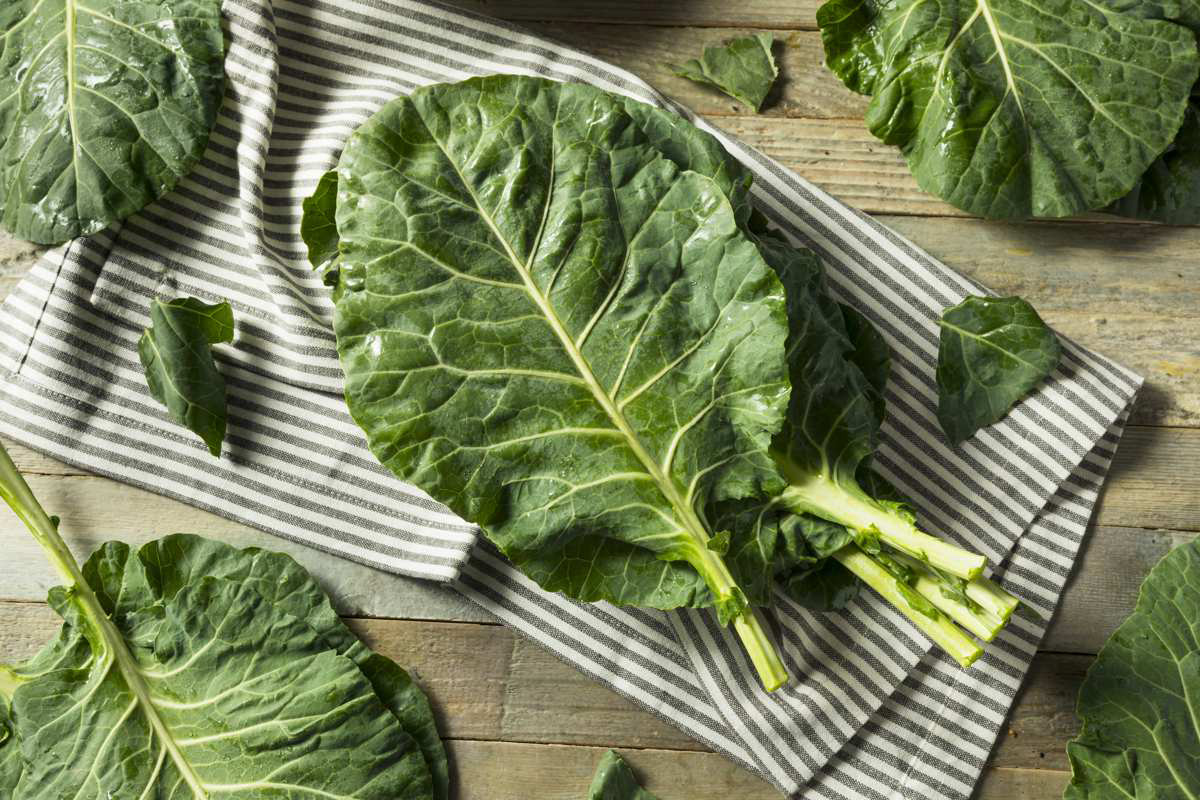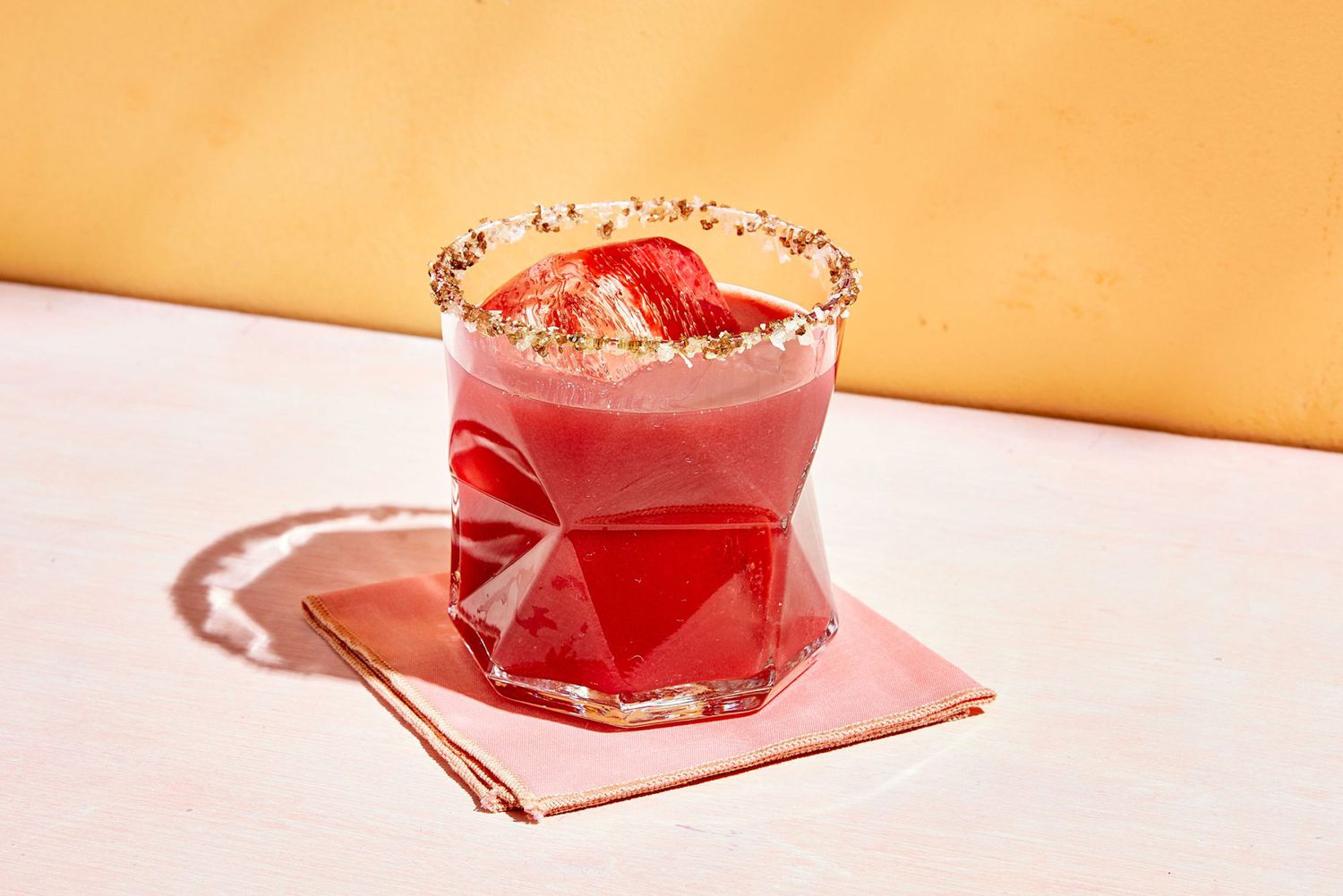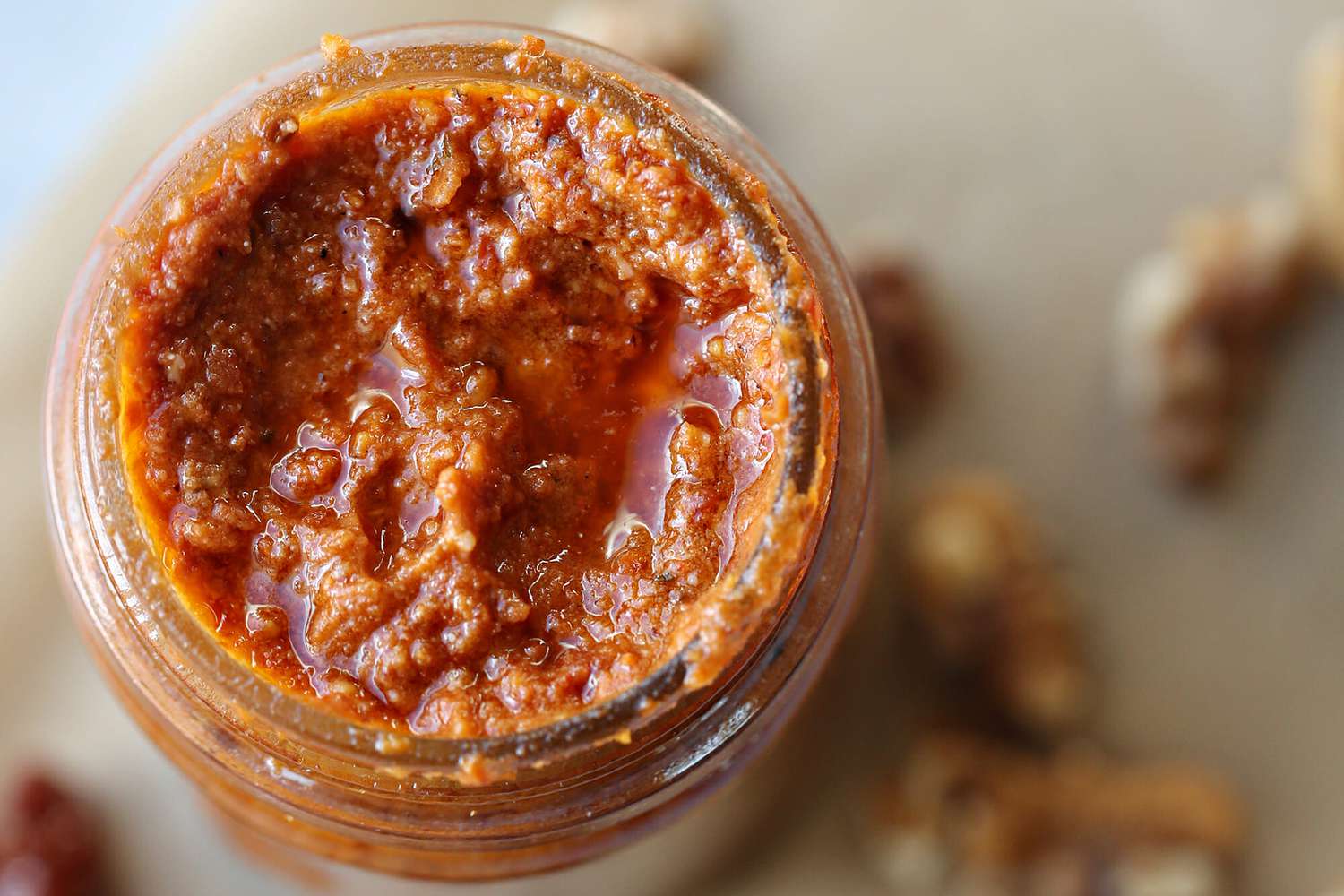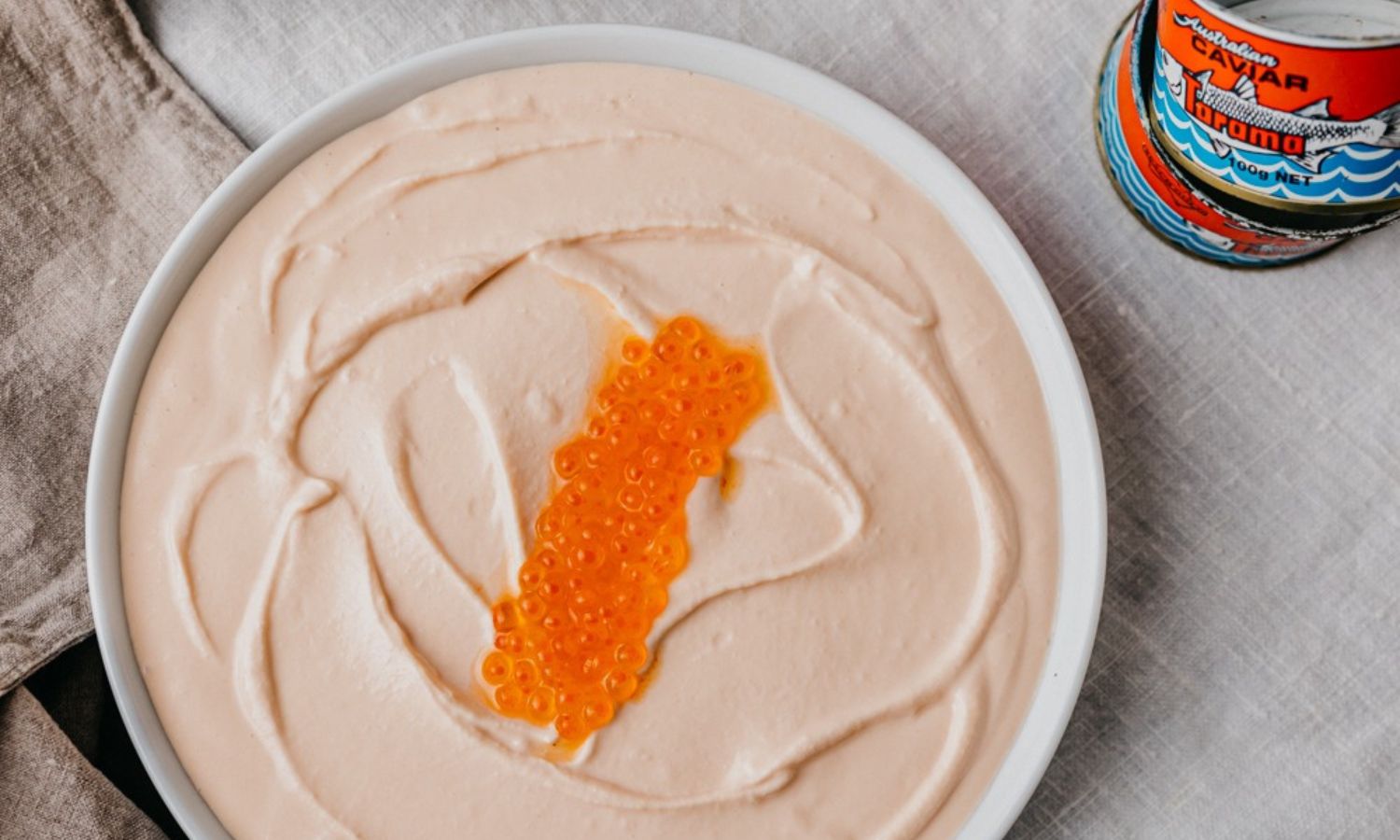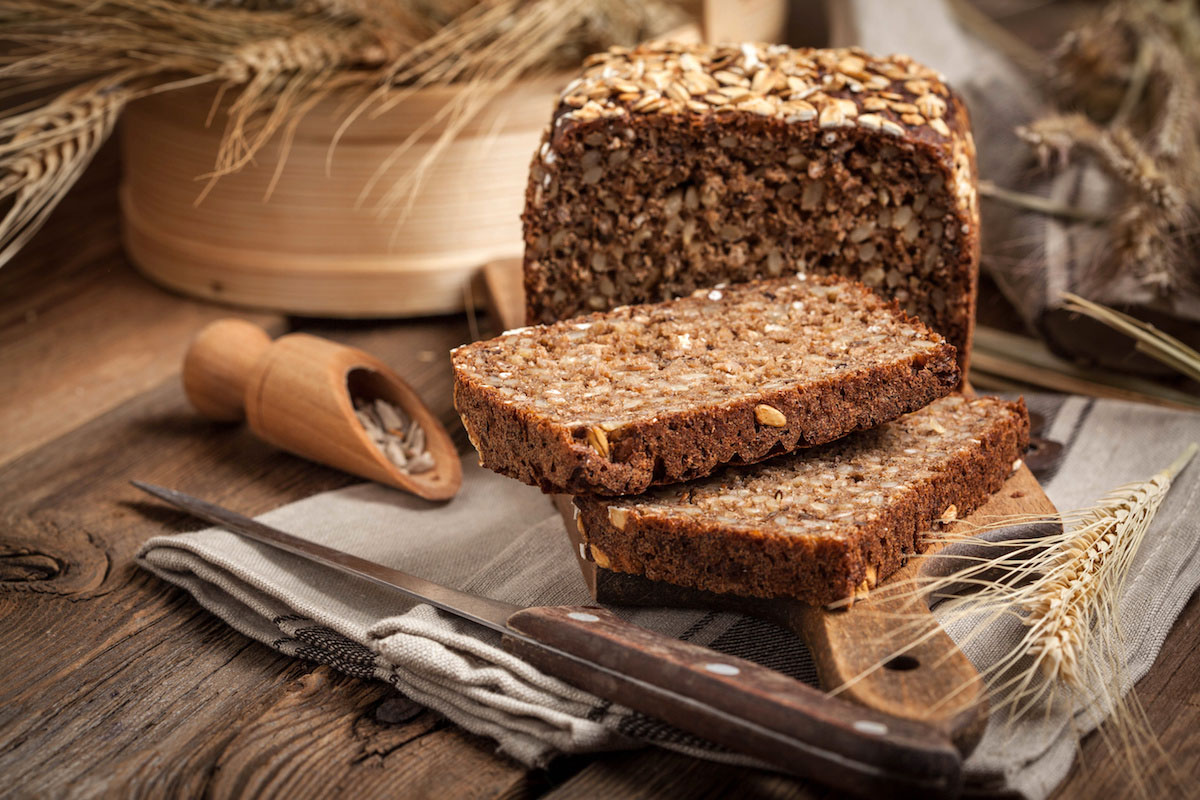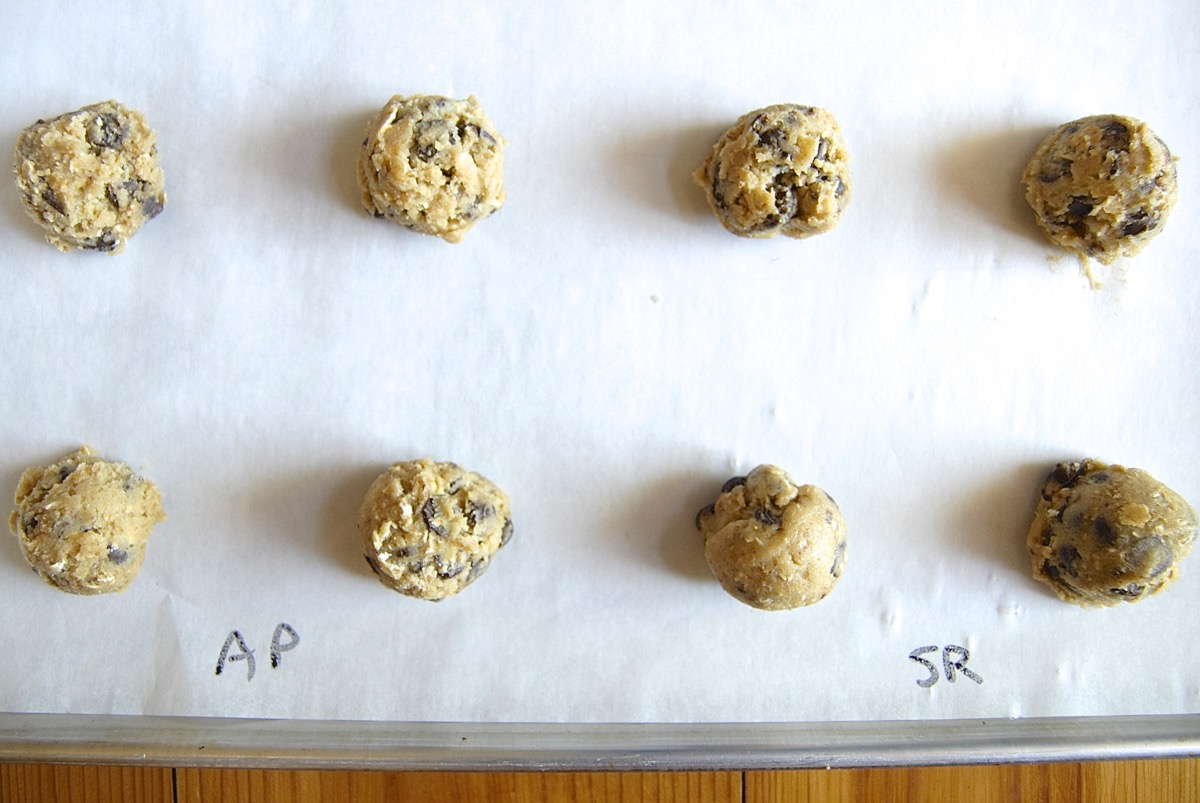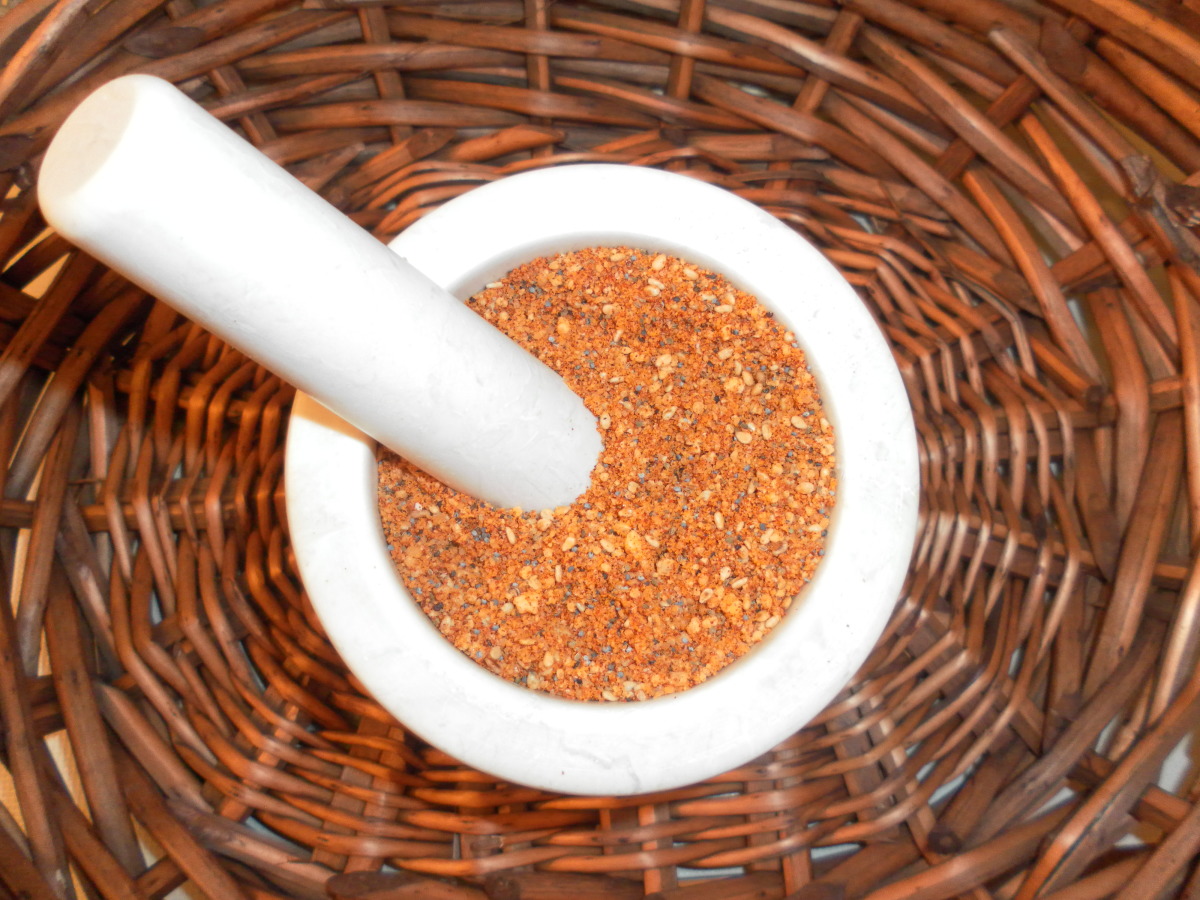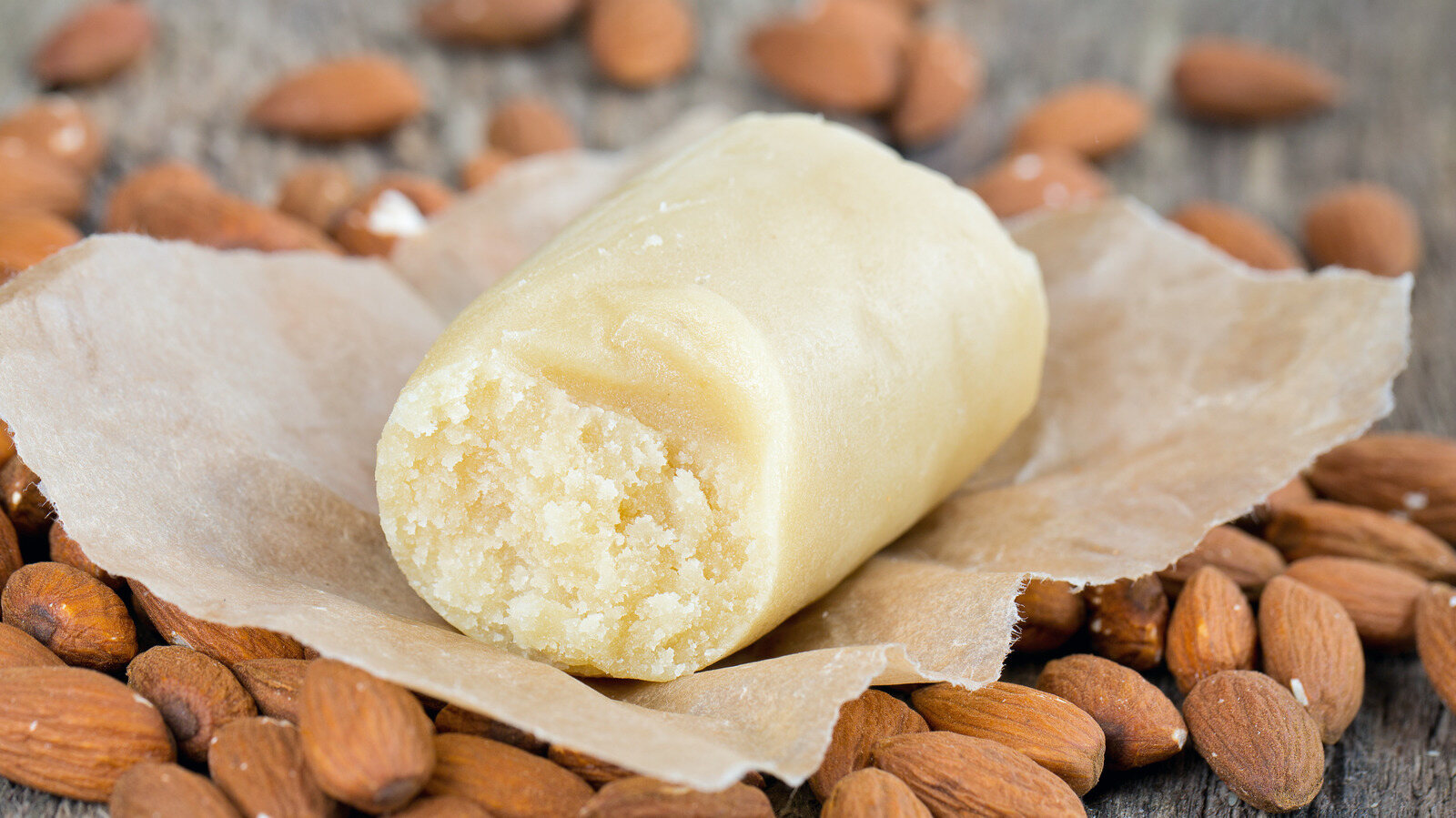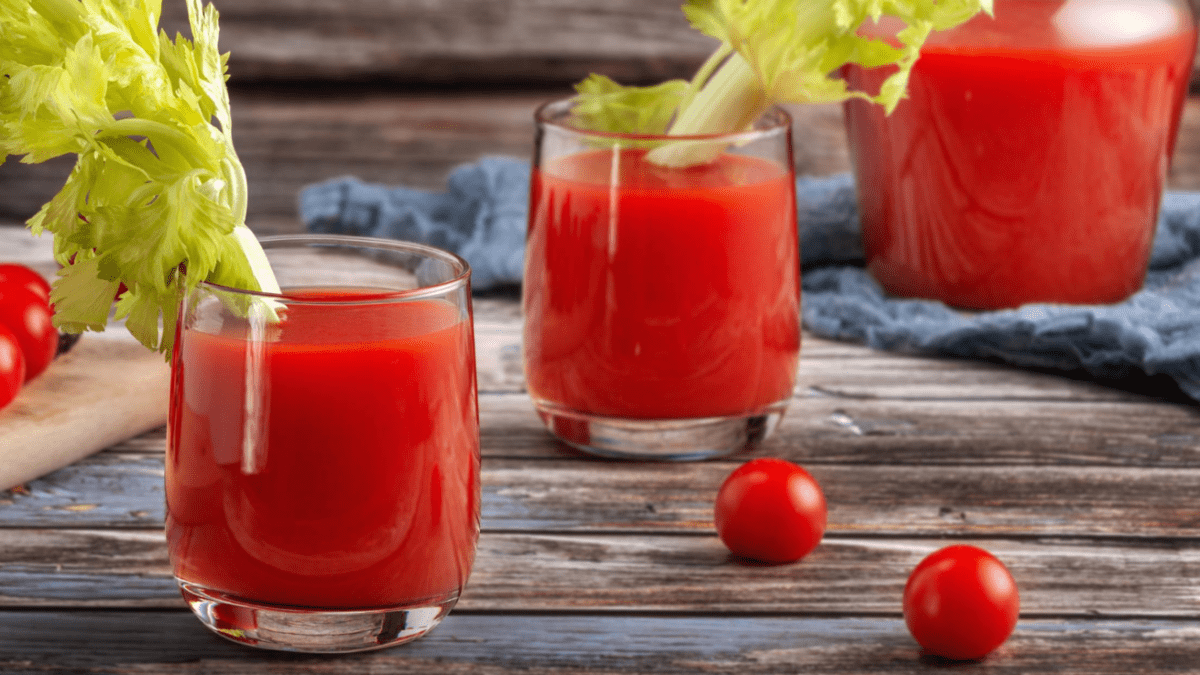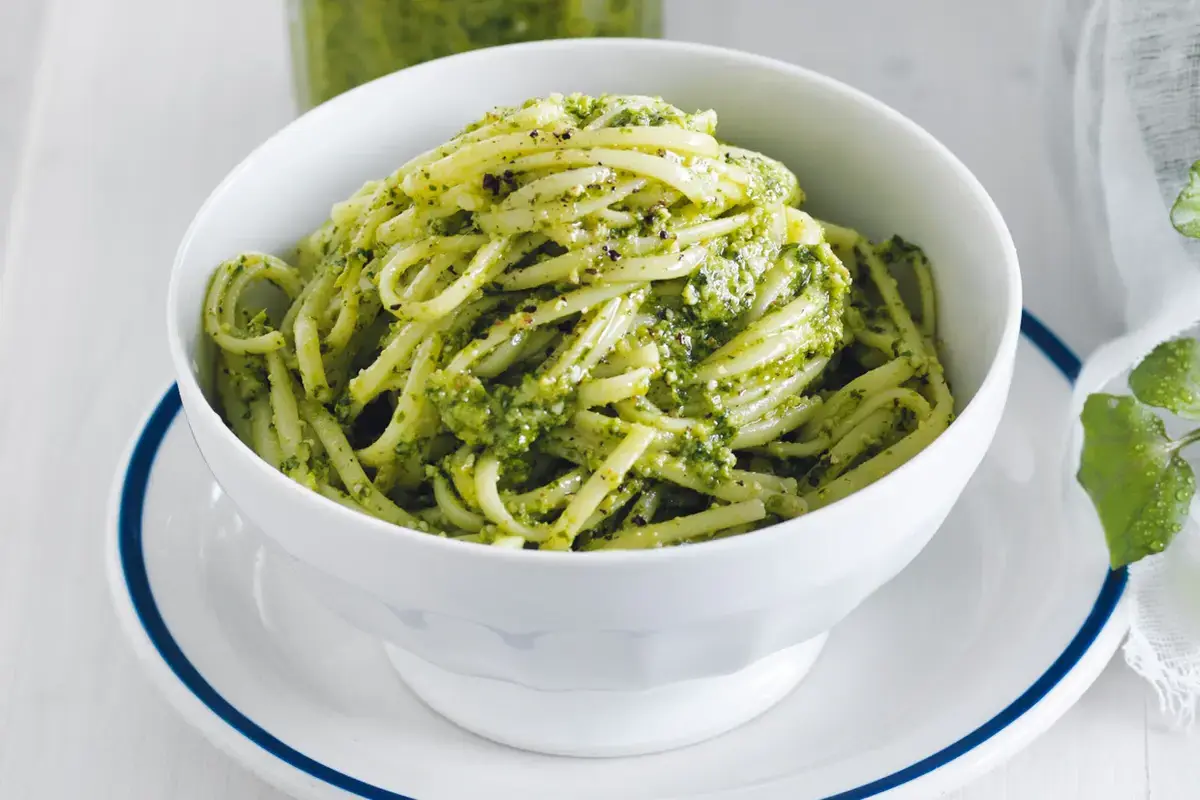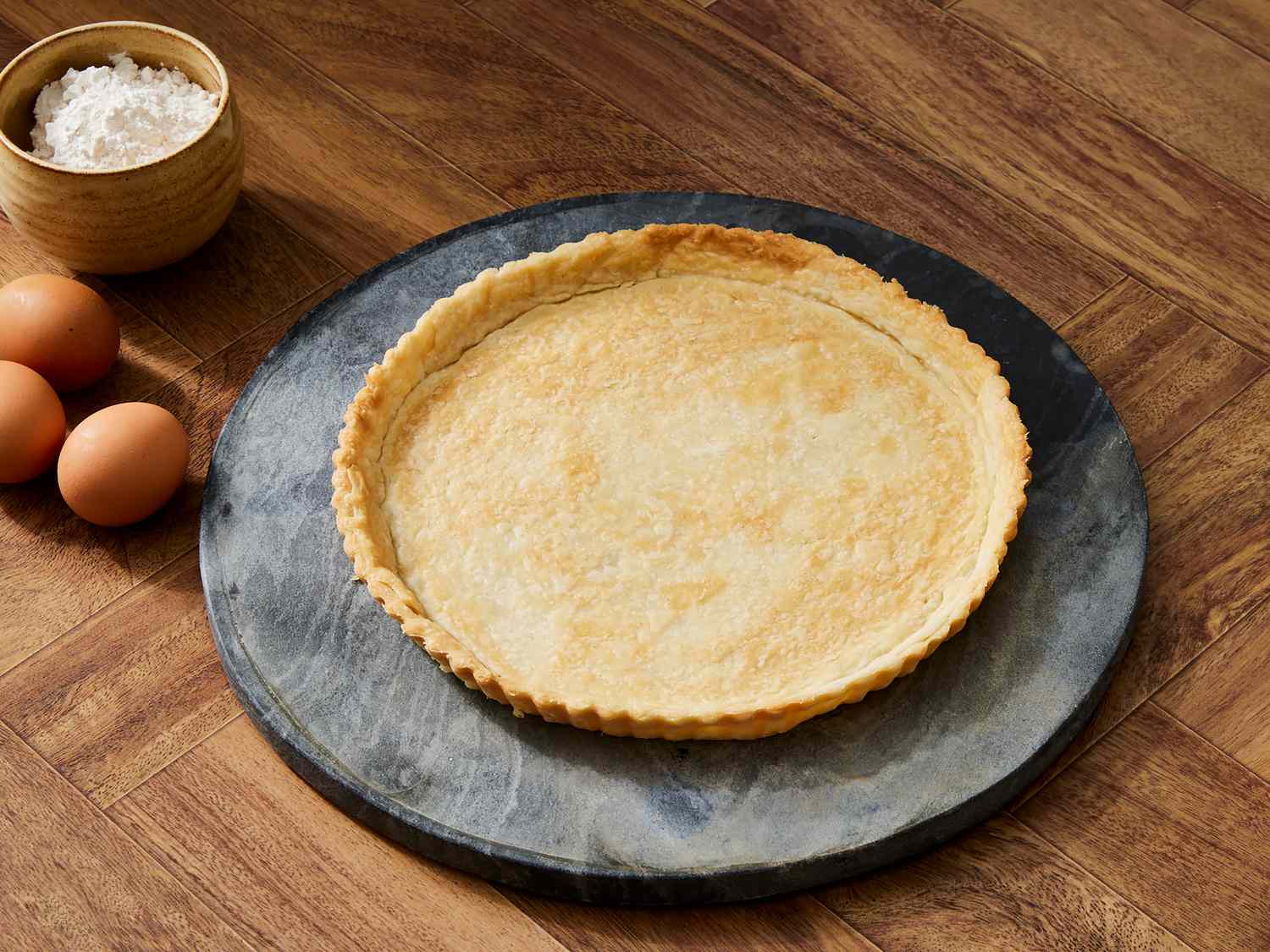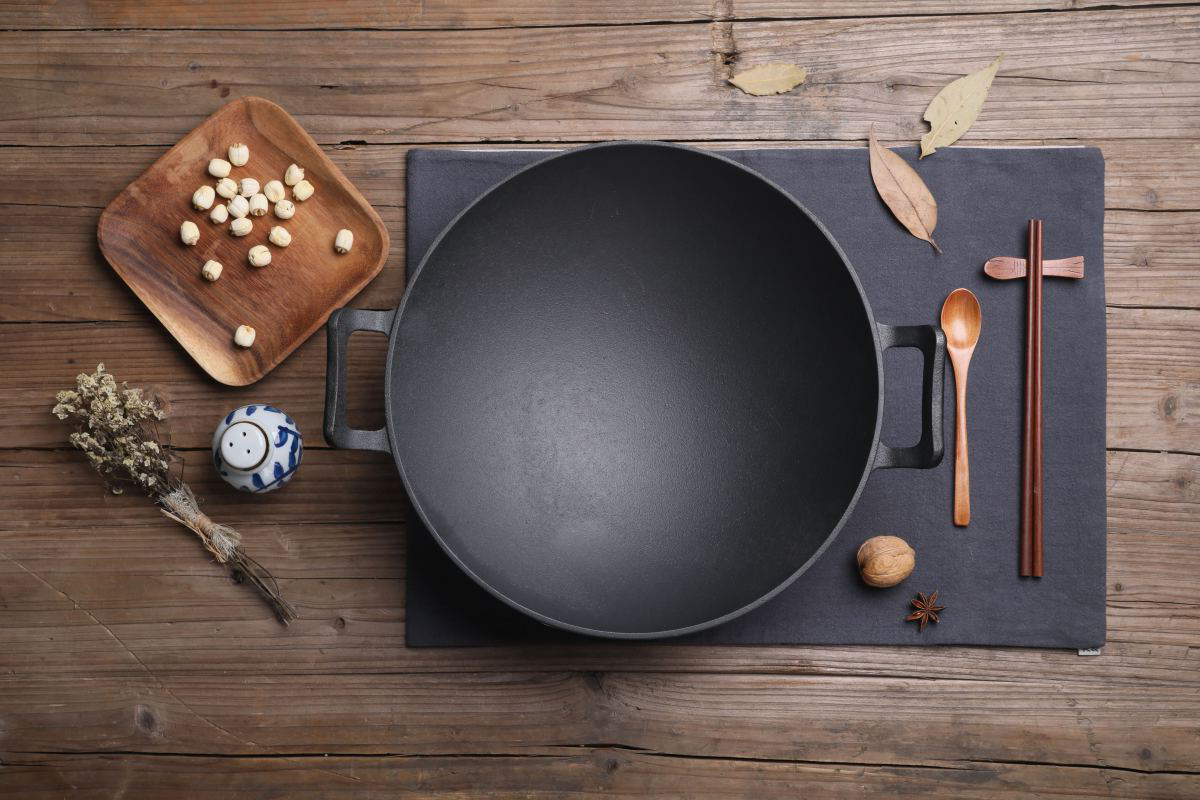Discovering the Delightful Delicacy of Gnudi
Have you ever heard of gnudi? If you’re a fan of Italian cuisine, you may have come across this delectable dish. Gnudi, pronounced “nu-dee,” is a traditional Tuscan specialty that is often overshadowed by its more famous cousin, gnocchi. However, gnudi has a unique charm and flavor that sets it apart from other pasta dishes.
What Exactly Is Gnudi?
Gnudi is a type of Italian dumpling that is similar to gnocchi but with a lighter, more delicate texture. The name “gnudi” translates to “naked” in Italian, which is fitting considering that these dumplings are essentially the filling of ravioli without the pasta casing. Made with a mixture of ricotta cheese, flour, and eggs, gnudi is a simple yet elegant dish that highlights the creamy richness of the cheese.
The History of Gnudi
While gnudi may not be as well-known as other Italian dishes, its origins can be traced back to the Tuscan region of Italy. This rustic and hearty fare has been a staple in Tuscan kitchens for generations, with each family adding their own unique twist to the recipe. Traditionally, gnudi is served with a simple sauce, such as brown butter and sage, allowing the delicate flavor of the dumplings to shine through.
How Is Gnudi Made?
Making gnudi is a straightforward process that requires just a few basic ingredients. To prepare gnudi, you’ll need:
- Ricotta cheese
- Flour
- Eggs
- Salt and pepper
Once you have gathered your ingredients, the ricotta cheese is drained to remove excess moisture, then mixed with flour, eggs, and seasonings to form a soft, pillowy dough. The dough is then shaped into small dumplings and gently poached in simmering water until they float to the surface, indicating that they are ready to be served.
How to Enjoy Gnudi
Gnudi can be enjoyed in a variety of ways, making it a versatile dish that can be adapted to suit different tastes. Some popular serving suggestions include:
- Tossed in a simple butter and sage sauce
- Served with a rich tomato sauce
- Accompanied by sautéed greens and a drizzle of olive oil
Regardless of how it is served, gnudi pairs well with a glass of crisp white wine and makes for a satisfying and comforting meal.
Why You Should Try Gnudi
If you’re a fan of Italian cuisine or simply enjoy exploring new flavors, gnudi is a dish that should not be missed. Its delicate texture and creamy richness make it a standout addition to any menu, and its simple preparation means that it can be easily recreated at home. Whether you’re a seasoned foodie or just starting to expand your culinary horizons, gnudi is a delightful delicacy that is sure to impress.
So, the next time you’re looking to tantalize your taste buds with something new, consider giving gnudi a try. You may just discover a new favorite dish that will have you coming back for more!
Was this page helpful?
Read Next: What Is A Croque Monsieur
